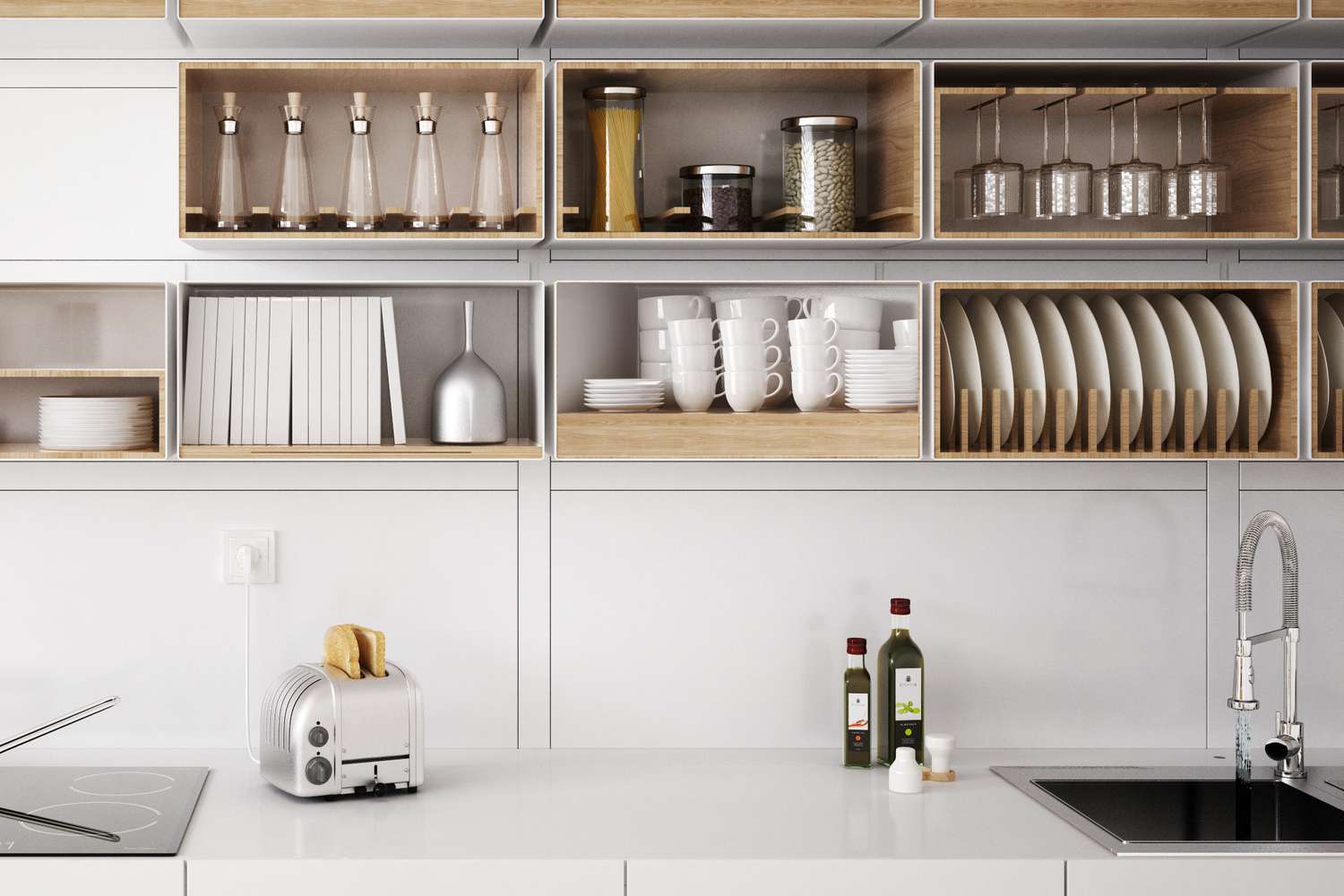

Tableware
Where To Store Serving Dishes
Modified: February 26, 2024
Discover the perfect storage solutions for your tableware and serving dishes. Find out where to store and organize your collection efficiently and keep them in pristine condition.
(Many of the links in this article redirect to a specific reviewed product. Your purchase of these products through affiliate links helps to generate commission for Storables.com, at no extra cost. Learn more)
Introduction
Tableware is an essential part of any kitchen. From elegant serving dishes to practical dinnerware, these items are often prized possessions that have sentimental value. However, the challenge lies in finding the right storage solution to keep them safe and organized. Whether you have a large collection of heirloom china or a set of everyday dishes, storing them properly is key to preserving their quality and ensuring they remain in pristine condition.
In this article, we will explore various storage options for serving dishes, including kitchen cabinets, china cabinets or display cabinets, buffets or sideboards, pantries, built-in shelving, storage bins or containers, hanging racks, under-bed storage, stacking shelves, and countertop display. Each option has its own advantages and considerations, so let’s dive in and find the best storage solution for your serving dishes.
Key Takeaways:
- Practical and Elegant Storage Solutions
Explore various storage options for serving dishes, from kitchen cabinets to under-bed storage, each offering unique benefits and considerations. Choose the right solution to keep your tableware organized, protected, and easily accessible. - Showcase and Protect Your Tableware
From china cabinets to countertop displays, discover storage solutions that not only keep your serving dishes organized but also showcase their beauty. Select the best option based on space, protection, and aesthetic appeal to preserve your tableware for years to come.
Read more: What Are Serving Dishes?
Kitchen Cabinets
Kitchen cabinets are the most common and convenient storage option for serving dishes. They provide ample space and easy access, making it convenient to store and retrieve your tableware whenever needed. Here are some tips to optimize your kitchen cabinets for storing serving dishes:
- Organize by type: Group similar items together, such as plates, bowls, serving platters, and glassware. This will make it easier to find what you need without having to sift through stacks of dishes.
- Use adjustable shelving: If possible, install adjustable shelves in your kitchen cabinets to accommodate dishes of different sizes. This will help maximize the available space and prevent any wasted vertical storage.
- Stacking vs. nesting: Depending on the type of serving dishes you have, you may need to stack them or nest them inside each other. Just make sure to use protective padding, such as felt or non-slip liners, to prevent scratching or damaging delicate surfaces.
- Utilize cabinet organizers: Consider using cabinet organizers like plate racks, dividers, and drawer inserts to keep your serving dishes neatly separated and easily accessible.
- Label or color-code: To make it even more efficient to find specific serving dishes, consider labeling shelves or using color-coded bins or containers. This can save you time and effort when setting the table for special occasions.
When storing your serving dishes in kitchen cabinets, it’s important to handle them with care. Avoid overcrowding the shelves, as this can increase the risk of items falling and breaking. Additionally, be mindful of the weight distribution, placing heavier items at the bottom and lighter ones on top to prevent any imbalance.
Overall, kitchen cabinets are a practical and versatile storage solution for serving dishes. They keep your tableware easily accessible, protected from dust and breakage, and neatly organized. So, make the most of your kitchen cabinet space and enjoy the convenience of having your serving dishes within arm’s reach for any dining occasion.
China Cabinets or Display Cabinets
If you have a collection of beautiful and valuable serving dishes, china cabinets or display cabinets provide an elegant and secure storage solution. These cabinets are specifically designed to showcase treasured tableware while keeping them protected from dust and damage. Here’s how you can optimize a china cabinet or display cabinet for storing your serving dishes:
- Adjustable shelves and lighting: Look for a china cabinet that has adjustable shelves to accommodate dishes of different sizes. The ability to customize the shelf heights will ensure that your serving dishes fit comfortably and are well displayed. Additionally, consider cabinets with built-in lighting to enhance the visibility and showcase the beauty of your dishes.
- Proper arrangement: When arranging your collection in a china cabinet, place larger serving platters and bowls at the bottom shelves, and smaller plates, cups, and saucers towards the upper shelves. This arrangement allows for a balanced and visually appealing display.
- Protective padding: Line the shelves or use display stands and plate racks with non-slip liners or felt to cushion and protect your serving dishes from scratches and slipping.
- Glass doors: Opt for a china cabinet with glass doors to provide a clear view of your tableware while keeping them dust-free. Glass doors also add sophistication to the overall appearance of your dining space.
- Temperature and humidity control: If you have valuable antique or delicate serving dishes, consider investing in a china cabinet with temperature and humidity control features. These cabinets maintain optimal conditions to prevent damage caused by fluctuations in temperature and humidity.
China cabinets or display cabinets not only serve as storage but also add a touch of elegance and charm to your dining area. They allow you to showcase your prized serving dishes, making them a focal point of your home decor. Remember to regularly clean the glass panels to ensure the best visibility and showcase your collection in its full glory.
However, it’s essential to note that china cabinets or display cabinets may take up more space and require careful placement. Ensure that you have enough room to accommodate the cabinet and consider its size and proportions in relation to the overall design of your dining area.
Overall, china cabinets or display cabinets provide a beautiful and secure storage option for your valuable serving dishes. They elevate the aesthetics of your dining space while keeping your cherished tableware well-organized and protected.
Buffet or Sideboard
A buffet or sideboard is not only a stylish addition to your dining area but also a practical storage solution for your serving dishes. These furniture pieces typically feature cabinets, drawers, and shelves, providing ample space to store and organize your tableware. Here are some tips for utilizing a buffet or sideboard for serving dishes:
- Design and storage capacity: Look for a buffet or sideboard that offers a good balance between aesthetics and storage capacity. Consider the number and size of cabinets, drawers, and shelves to ensure they can accommodate your serving dishes.
- Separate compartments: Utilize the different compartments of a buffet or sideboard to categorize your serving dishes. Reserve specific areas for plates, bowls, serving platters, and glassware.
- Drawer dividers: If your sideboard has drawers, use dividers to create separate sections for small items such as cutlery, napkins, and serving utensils. This will keep everything organized and easily accessible.
- Open shelves for display: Take advantage of any open shelves on the buffet or sideboard to display decorative pieces or showcase your favorite serving dishes. This adds a personal touch to your dining area while making use of the available space.
- Utilize the top surface: The top surface of a buffet or sideboard can be used to display your most frequently used serving dishes. This provides easy access during meal times and adds an aesthetically pleasing element to your dining area.
- Consider a mirrored back: Opt for a buffet or sideboard with a mirrored back panel to visually expand your space and create a stunning backdrop for your serving dishes.
Buffets and sideboards are versatile storage options that combine functionality and style. They offer a centralized location for your serving dishes, making it convenient to access and set the table for meals or special occasions. Additionally, their surface can be used as a serving area during gatherings or as a display space for decorative elements.
Keep in mind that the size of the buffet or sideboard should be proportionate to the size of your dining area. Measure the available space and consider the dimensions of the furniture piece to ensure a proper fit.
Overall, a buffet or sideboard provides a practical and attractive storage option for serving dishes. It adds style and functionality to your dining area while keeping your tableware organized and easily accessible.
Pantry
A pantry is a versatile storage area for various food items, but it can also be utilized to store your serving dishes. If you have a pantry in your kitchen or a separate pantry area, here are some tips for organizing your serving dishes:
- Designate a specific area: Dedicate a section of your pantry exclusively for storing serving dishes. This will help keep them separate from other kitchen items and easily accessible when needed.
- Adjustable shelves: If your pantry has adjustable shelves, customize the spacing to accommodate your serving dishes. This allows you to arrange them in a way that maximizes the available vertical space.
- Use stackable containers: Stackable containers or bins are a great way to keep your serving dishes organized and easily accessible. Place similar items together in containers to prevent them from getting damaged or accidentally knocked over.
- Label containers or shelves: Use labels or tags to clearly identify the contents of each container or shelf. This makes it easier to find specific serving dishes without having to search through multiple containers.
- Wrap fragile items: If you have delicate serving dishes, consider wrapping them in bubble wrap or cloth before storing them in the pantry. This provides an extra layer of protection against accidental bumps or knocks.
- Utilize door space: Take advantage of the door space in your pantry by installing hooks or racks. These can be used to hang lightweight serving utensils or small accessories like napkins and trivets.
- Organize by occasion: If you have serving dishes specific to certain occasions, group them together. This way, you can easily locate the items needed for a particular event or celebration.
Utilizing your pantry for storing serving dishes not only keeps them organized but also frees up space in other storage areas in your kitchen. Ensure that the pantry is kept clean and dry to prevent any damage to your tableware.
If space allows, you may consider installing open shelving or cabinets with glass doors in your pantry. This adds a touch of elegance and allows you to showcase your serving dishes while keeping them protected from dust and debris.
Overall, a well-organized pantry provides a practical and efficient storage solution for your serving dishes. It keeps them easily accessible, protected, and separate from other kitchen items, making it a convenient option for storing your tableware.
Read more: Where Can I Find Cheap Serving Dishes?
Built-in Shelving
If you have the space and flexibility, installing built-in shelving is a fantastic storage option for your serving dishes. Built-in shelves can be customized to fit your specific needs and provide a dedicated area to showcase and organize your tableware. Here’s how to make the most of built-in shelving for storing serving dishes:
- Design and placement: Plan the design and placement of your built-in shelves to maximize the available space and complement the overall aesthetic of your kitchen or dining area. Consider factors such as height, width, and depth to ensure that the shelves can accommodate your serving dishes.
- Varying shelf heights: Create shelves with varying heights to accommodate dishes of different sizes. This not only maximizes the storage capacity but also adds visual interest to the display.
- Display options: Arrange your serving dishes in an aesthetically pleasing manner. Consider alternating between standing pieces and lying pieces to add dimension and create a visually appealing display.
- Protective padding: Line the shelves with non-slip liners or felt to protect your serving dishes from scratches and slipping. This extra layer of cushioning ensures that your tableware remains in excellent condition.
- Utilize vertical space: Make use of the vertical space by installing additional shelving units or incorporating adjustable shelves. This allows you to make the most of the available vertical storage space and accommodate dishes of various sizes.
- Group similar items: Arrange your serving dishes by type or occasion to make them easily accessible. Grouping similar items together also adds a sense of organization and makes it simpler to find what you need.
- Consider lighting: Incorporate lighting elements such as LED strip lights or recessed lighting to highlight your serving dishes. This not only creates a visually stunning display but also makes it easy to locate specific items, especially in dimly lit environments.
Built-in shelving is a versatile and elegant storage option that allows you to showcase your serving dishes while keeping them organized and easily accessible. It adds a touch of sophistication to your kitchen or dining area, turning your tableware into a decorative focal point.
Ensure that the shelves are secured properly and can safely support the weight of your serving dishes. Regularly dust and clean the shelves to keep your tableware pristine and free from any debris.
Overall, built-in shelving provides a beautiful and functional storage solution for your serving dishes. It allows you to personalize the display while keeping your tableware organized and well-protected.
Consider storing serving dishes in a dedicated cabinet or hutch with adjustable shelves to accommodate different sizes. Use drawer organizers or dividers to keep smaller items like serving utensils and napkin rings organized.
Storage Bins or Containers
If you’re looking for a versatile and portable storage option for your serving dishes, storage bins or containers are a great solution. They offer flexibility and convenience, allowing you to easily transport and store your tableware. Here’s how you can effectively use storage bins or containers for storing serving dishes:
- Choose the right size: Select storage bins or containers that are spacious enough to accommodate your serving dishes. Consider the dimensions and shapes of your tableware to ensure a proper fit, minimizing the risk of damage.
- Stackable design: Opt for stackable storage bins or containers to maximize vertical space. Stacking ensures efficient utilization of storage areas such as closets or storage rooms.
- Protective padding: Line the bottom and sides of the storage bins or containers with soft materials like felt or bubble wrap. This provides cushioning and prevents your serving dishes from getting scratched or damaged during transportation or when stacked.
- Label the bins: Use labels or tags to identify the contents of each storage bin or container. This makes it easier to locate specific serving dishes without having to open multiple bins.
- Consider transparent bins: Transparent storage bins or containers allow you to easily see the contents without having to open them. This saves you time and effort, especially when searching for a particular serving dish.
- Separate compartments: If possible, look for storage bins or containers with dividers or compartments. These can help keep your serving dishes organized and prevent them from shifting or bumping into one another.
- Store in a cool, dry place: Ensure that your storage bins or containers are stored in a cool, dry location to protect your serving dishes from moisture or humidity that can cause damage or mold growth.
Storage bins or containers offer the advantage of portability, making them suitable for those who need to store their serving dishes in a separate location or for frequent movers. They are also easy to clean and maintain. Just make sure to handle the storage bins or containers with care, especially when transporting them to avoid any accidental drops or impacts.
Keep in mind that while storage bins or containers are a practical solution, they may not provide the same level of protection against dust or breakage as dedicated storage options like cabinets or display cases. If you have valuable or delicate serving dishes, consider using additional padding or placing the bins or containers in a secure location to minimize the risk of damage.
Overall, storage bins or containers offer convenient and portable storage for your serving dishes. They allow you to keep your tableware organized and easily transportable between different locations, making them a versatile option for storing your serving dishes.
Hanging Racks
If you’re looking for a unique and space-saving storage solution for your serving dishes, hanging racks can be a practical and stylish option. They allow you to utilize vertical space and create an eye-catching display of your tableware. Here’s how you can effectively use hanging racks to store your serving dishes:
- Choose the right rack: Select a hanging rack that is specifically designed for storing and displaying serving dishes. Look for a sturdy and durable option that can support the weight of your tableware.
- Consider material and design: Hanging racks are available in a variety of materials such as metal, wood, or wrought iron. Choose a material and design that complements your kitchen or dining area’s aesthetics.
- Organize by type: Arrange your serving dishes on the hanging rack by type – plates, bowls, platters, etc. This not only creates an organized display but also makes it easier to locate the specific items you need.
- Utilize hooks and hangers: Hanging racks typically come with hooks or hangers that can be used to suspend your serving dishes. Make sure to select the right size and strength of hooks to securely hold the weight of each item.
- Separate delicate items: If you have delicate or fragile serving dishes, consider using padded or protective sleeves to prevent them from chipping or scratching. This extra layer of protection ensures the safety of your more delicate pieces.
- Keep within reach: Hang the rack at a convenient height, allowing you to easily reach and retrieve your serving dishes when needed. This ensures that your tableware is easily accessible for both everyday use and special occasions.
- Consider location: Hang the rack in a suitable location that is away from direct heat or moisture sources to protect your serving dishes. The kitchen or dining area where you frequently use them is an ideal choice.
Hanging racks not only provide practical storage but also add a decorative element to your kitchen or dining space. They create a unique and visually appealing display of your serving dishes, turning them into a functional and artistic focal point.
However, it’s important to consider the weight capacity and structural integrity of the hanging rack. Ensure that it is properly installed and securely anchored to the wall or ceiling to prevent any accidents or damage caused by a falling rack.
Overall, hanging racks offer a creative and space-efficient storage solution for your serving dishes. They allow you to utilize vertical space, showcase your tableware, and add a touch of style to your kitchen or dining area.
Under-bed Storage
If you’re struggling to find extra storage space for your serving dishes, consider utilizing the often-underutilized area under your bed. Under-bed storage can be a practical and space-saving solution for keeping your tableware accessible yet out of the way. Here’s how you can effectively use under-bed storage for your serving dishes:
- Choose the right storage containers: Look for low-profile, rectangular storage containers that can easily slide under your bed. Opt for sturdy containers that are durable and capable of protecting your serving dishes.
- Use dividers or inserts: If your under-bed storage containers are deep, consider using dividers or inserts to create separate compartments for different types of serving dishes. This will help keep your tableware organized and prevent them from moving around during storage.
- Label the containers: Label each storage container or use clear, transparent ones to easily identify the contents. This will save you time when you need to access a specific serving dish.
- Protective padding: To prevent breakage or scratching, line the bottom of the storage containers with soft materials such as felt or non-slip liners. You can also wrap fragile serving dishes in bubble wrap or cloth for additional protection.
- Store lightweight items on top: Place lighter serving dishes on top of heavier ones to prevent any damage caused by weight compression when the containers are stacked under the bed.
- Ensure proper ventilation: Make sure that the area under your bed has sufficient ventilation to prevent the buildup of moisture and potential damage to your serving dishes.
- Regularly check and clean: Periodically check on your under-bed storage to ensure the condition of your serving dishes and prevent any dust accumulation. Take the opportunity to clean the storage containers, as well as the serving dishes if needed.
Under-bed storage is an excellent option for those with limited storage space in their kitchen or dining area. It allows you to conveniently keep your serving dishes within reach while maximizing the use of available space.
When utilizing under-bed storage, be mindful of the height of your bed frame and the dimensions of the storage containers. You may need to measure the space beneath your bed to ensure that the containers can fit comfortably.
Overall, under-bed storage provides a hidden yet accessible solution for storing your serving dishes. It keeps them organized, protected, and within reach, allowing you to make the most of your storage space.
Read more: How To Keep Serving Dishes Warm
Stacking Shelves
If space is limited in your kitchen or dining area, stacking shelves can be a practical and efficient storage solution for your serving dishes. These versatile shelves allow you to maximize vertical space and create multiple levels for organizing and displaying your tableware. Here’s how you can effectively use stacking shelves for storing serving dishes:
- Choose adjustable shelves: Opt for stacking shelves that have adjustable heights. This allows you to customize the spacing between each level, accommodating dishes of different sizes.
- Group similar items together: Arrange your serving dishes on separate stacks based on type or size. This way, you can easily locate specific items without having to sift through multiple stacks.
- Protective padding: Line the shelves with non-slip liners or felt to prevent your serving dishes from getting scratched or sliding around. This extra layer of cushioning ensures that your tableware remains in good condition.
- Create stability: Ensure that the stacking shelves are stable and secure by properly aligning them and evenly distributing the weight of your serving dishes. This prevents the shelves from toppling over or becoming unbalanced.
- Utilize vertical space: Take advantage of the available vertical space by adding additional stacking shelves on top of existing ones. This allows you to make the most of your storage area while keeping your serving dishes easily accessible.
- Consider clear or open shelves: Clear or open stacking shelves provide visibility of your serving dishes, making it easy to identify and retrieve specific items without having to move or rearrange stacks.
- Label the stacks: If you have multiple stacks of serving dishes, consider using labels or tags to identify the contents of each stack. This saves you time and effort when searching for a particular item.
Stacking shelves offer a practical and efficient way to store your serving dishes, particularly in small kitchens or dining areas. They help you make the most of your available space while keeping your tableware organized and easily accessible.
When selecting stacking shelves, ensure that they are sturdy and capable of supporting the weight of your serving dishes. Avoid overloading the shelves, as this can compromise their stability and increase the risk of damage.
Overall, stacking shelves provide a space-saving storage solution for your serving dishes. They allow you to efficiently utilize vertical space, keeping your tableware organized, protected, and easily accessible whenever you need them.
Countertop Display
If you have beautiful serving dishes that you want to showcase as part of your kitchen or dining area decor, a countertop display can be a perfect storage solution. By using a countertop display, you can keep your favorite pieces easily accessible while adding a touch of elegance to your space. Here’s how you can effectively use a countertop display for your serving dishes:
- Select a suitable display stand: Choose a display stand that complements the style and aesthetic of your kitchen or dining area. Display stands are available in various materials, such as metal, wood, or acrylic, allowing you to find one that fits your desired look.
- Group according to design or theme: Arrange your serving dishes on the display stand by design or theme. Grouping them together creates a visually appealing display and makes it easier to find specific pieces.
- Consider the size and height: Ensure that the display stand can accommodate your serving dishes comfortably without crowding them. Also, consider the height of the display stand to ensure that the dishes are easily accessible.
- Rotate your display: Change up your display periodically to feature different sets of serving dishes. This keeps things fresh and allows you to showcase a variety of pieces over time.
- Highlight special items: Use the countertop display to draw attention to your most prized or unique serving dishes. Place them front and center to create a focal point in your kitchen or dining area.
- Keep it organized: Arrange your serving dishes in a neat and organized manner. Consider using plate stands or holders to showcase individual dishes and prevent them from toppling over.
- Regularly clean and maintain: Dust and clean your serving dishes on the display stand regularly to keep them looking their best. Additionally, clean the display stand itself to maintain its shine and appeal.
- Consider lighting: If your countertop display is located in an area with low lighting, consider incorporating small LED lights or spotlights to enhance the visibility and showcase the beauty of your serving dishes.
A countertop display not only serves as storage but also adds a touch of sophistication and style to your kitchen or dining area. It allows you to showcase your favorite serving dishes, giving them the attention they deserve.
Be mindful of the space available on your countertop when selecting a display stand. You don’t want it to overcrowd your workspace or interfere with your daily activities in the kitchen.
Overall, a countertop display offers a visually pleasing and easily accessible storage solution for your serving dishes. It allows you to showcase the beauty of your tableware while keeping them organized and within reach for special occasions or everyday use.
Conclusion
Finding the right storage solution for your serving dishes is essential to keep them organized, protected, and easily accessible. Whether you opt for kitchen cabinets, china cabinets, buffet or sideboards, pantries, built-in shelving, storage bins, hanging racks, under-bed storage, stacking shelves, or countertop displays, each option offers its own benefits and considerations.
Kitchen cabinets provide convenience and ample space, while china cabinets or display cabinets offer an elegant and secure showcase for your valuable tableware. Buffets or sideboards combine style and functionality, while pantries can be a versatile storage area for various kitchen items, including serving dishes. Built-in shelving maximizes vertical space, while storage bins or containers provide flexibility and portability. Hanging racks and under-bed storage make use of underutilized spaces, and stacking shelves offer an efficient solution for small kitchens or dining areas. Countertop displays allow you to showcase your favorite serving dishes as part of your decor.
When determining the most suitable storage option for your serving dishes, consider factors such as available space, the number and types of dishes you have, the level of protection required, and the aesthetic appeal you want to achieve. You can also mix and match different storage solutions depending on your specific needs and available space.
Remember to handle your serving dishes with care, using protective padding when necessary, and keep them organized and labeled to ensure easy retrieval. Regularly clean and maintain your storage solutions to preserve the quality of your serving dishes.
By selecting the right storage option and properly organizing your serving dishes, you can create a functional, visually appealing, and clutter-free kitchen or dining area. Whether you use your tableware for everyday meals or special occasions, having them stored safely and efficiently will make the dining experience more enjoyable and efficient.
So, take the time to assess your storage needs and choose the storage solution that fits your style and space requirements. Invest in quality storage options to protect and preserve your serving dishes for years to come.
Frequently Asked Questions about Where To Store Serving Dishes
Was this page helpful?
At Storables.com, we guarantee accurate and reliable information. Our content, validated by Expert Board Contributors, is crafted following stringent Editorial Policies. We're committed to providing you with well-researched, expert-backed insights for all your informational needs.
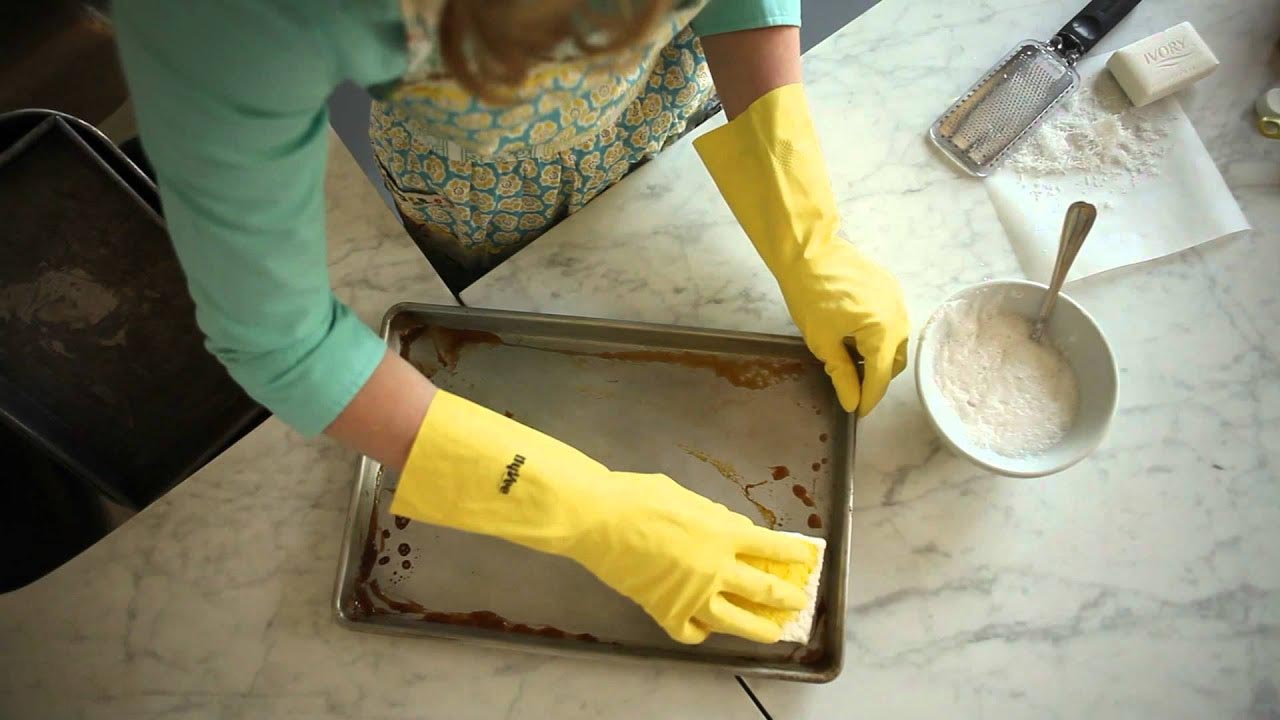
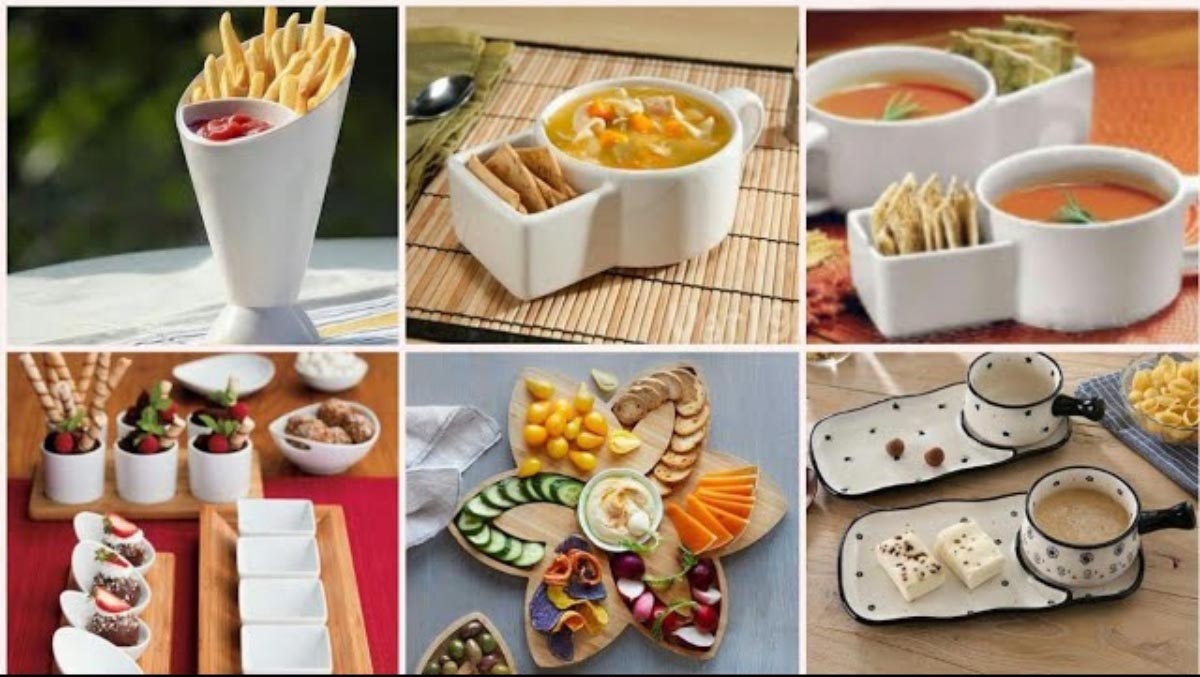
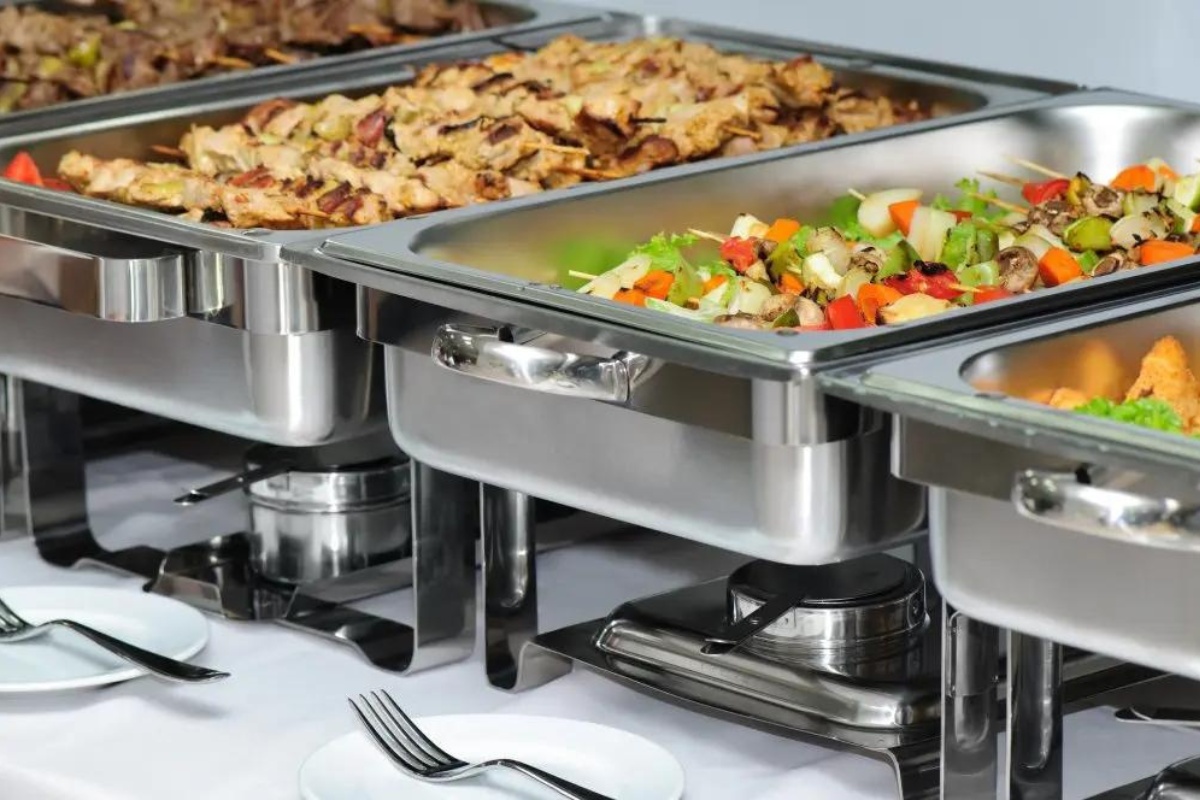
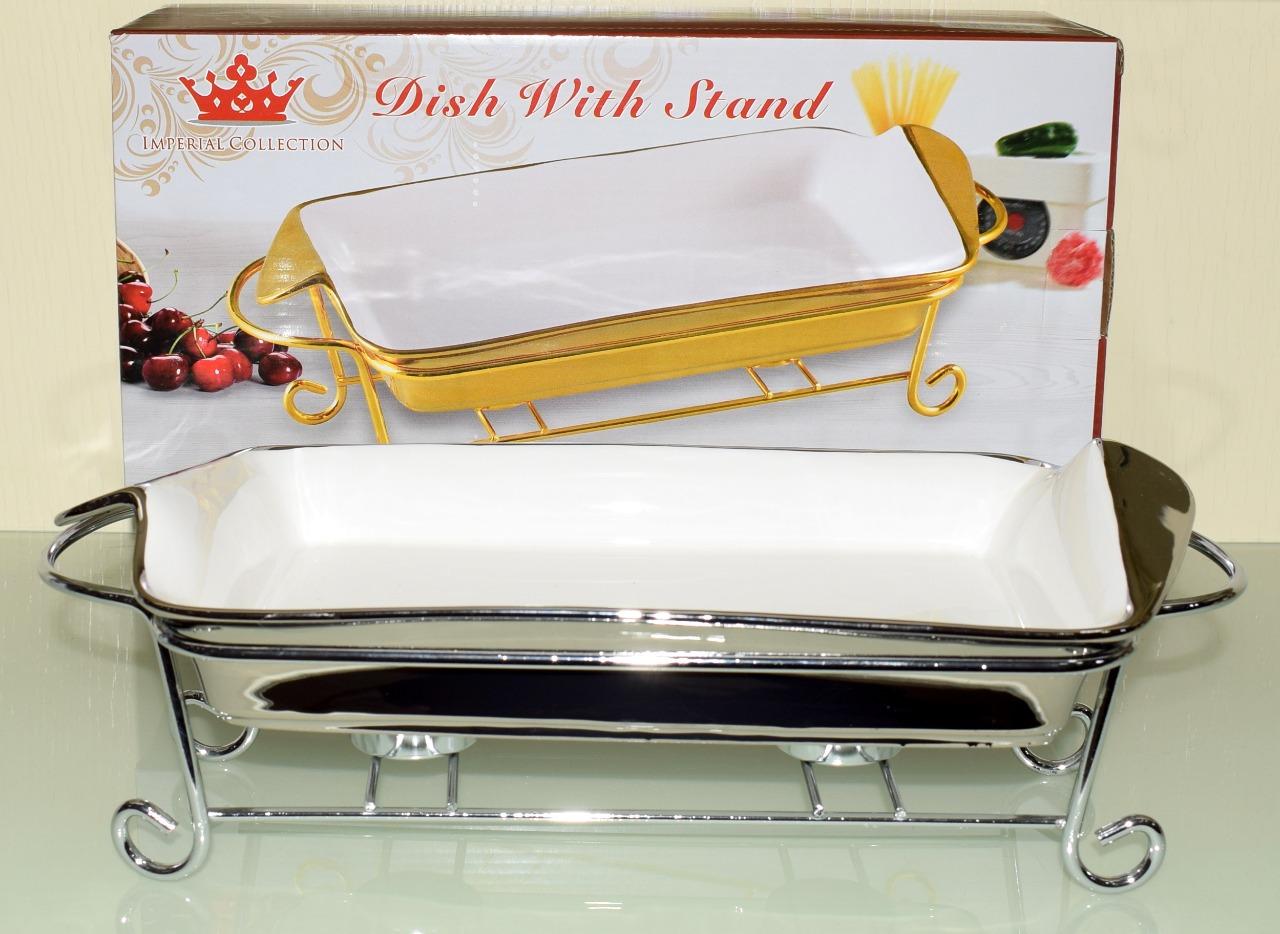
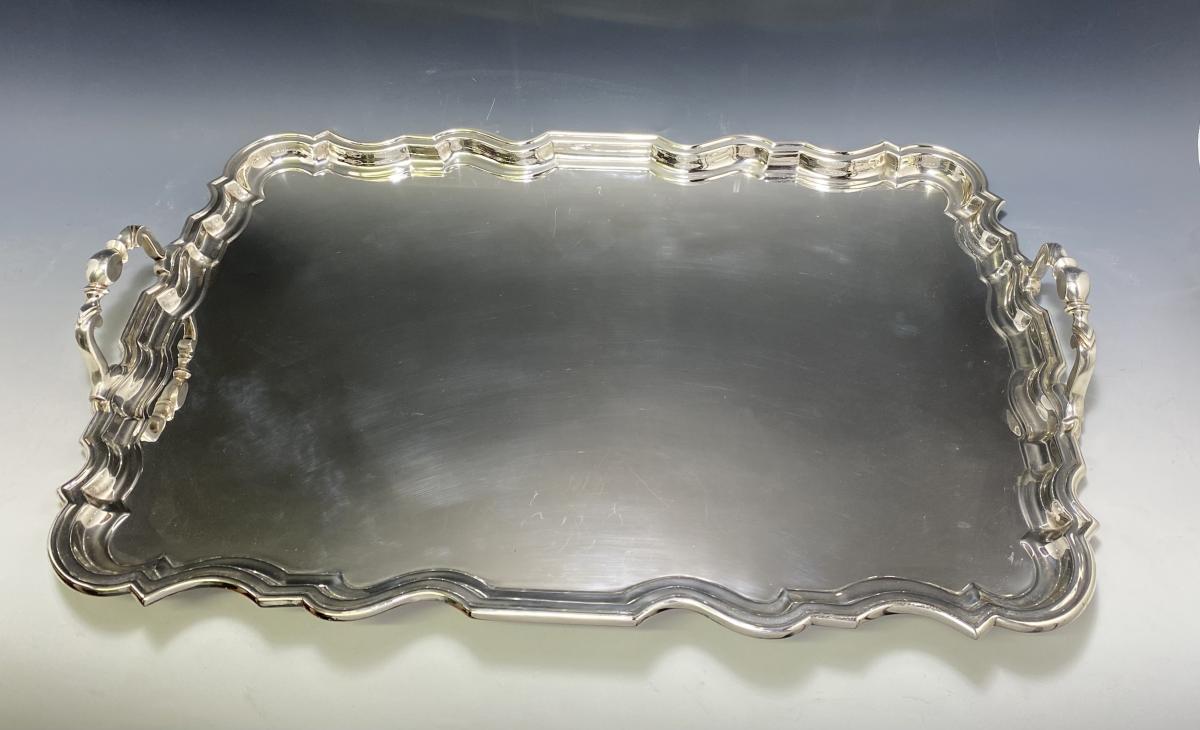
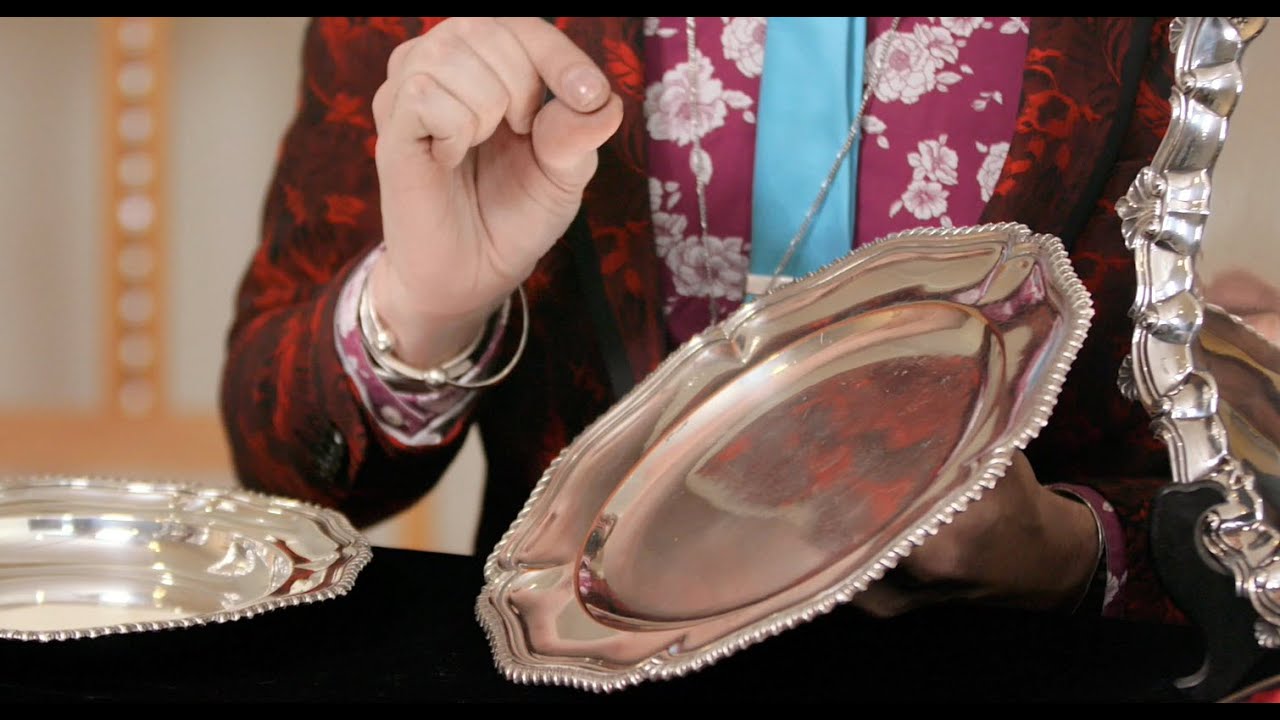
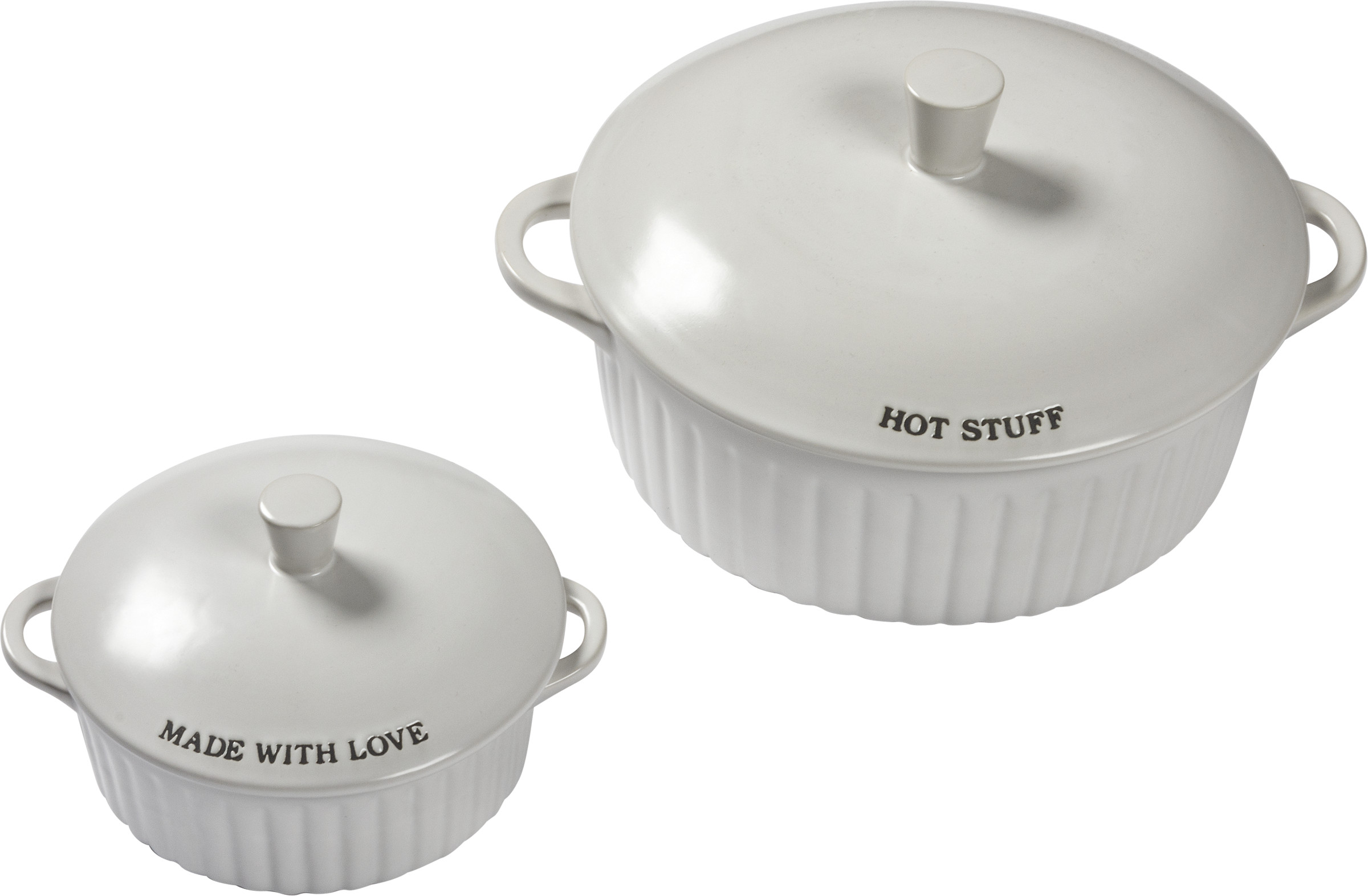

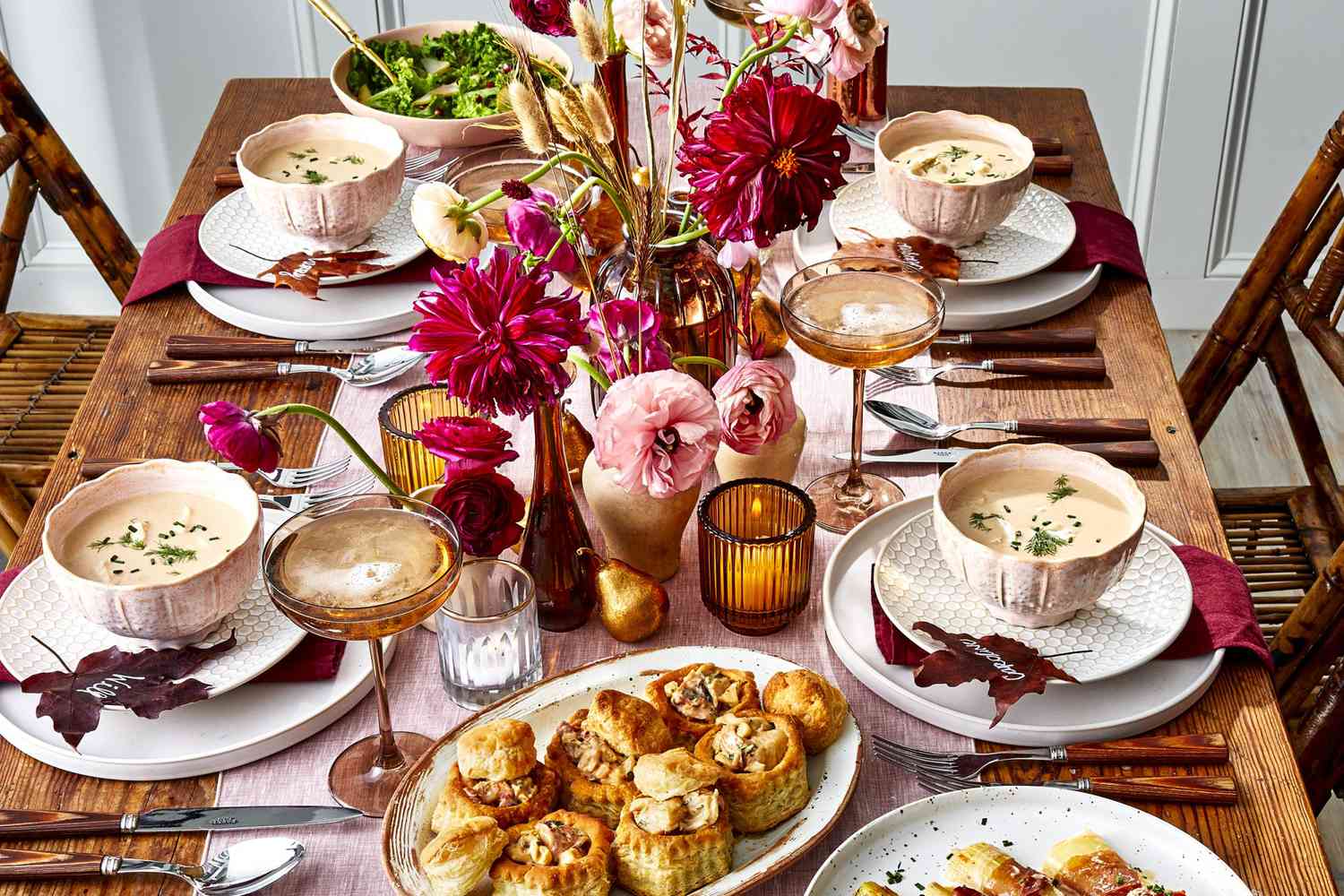
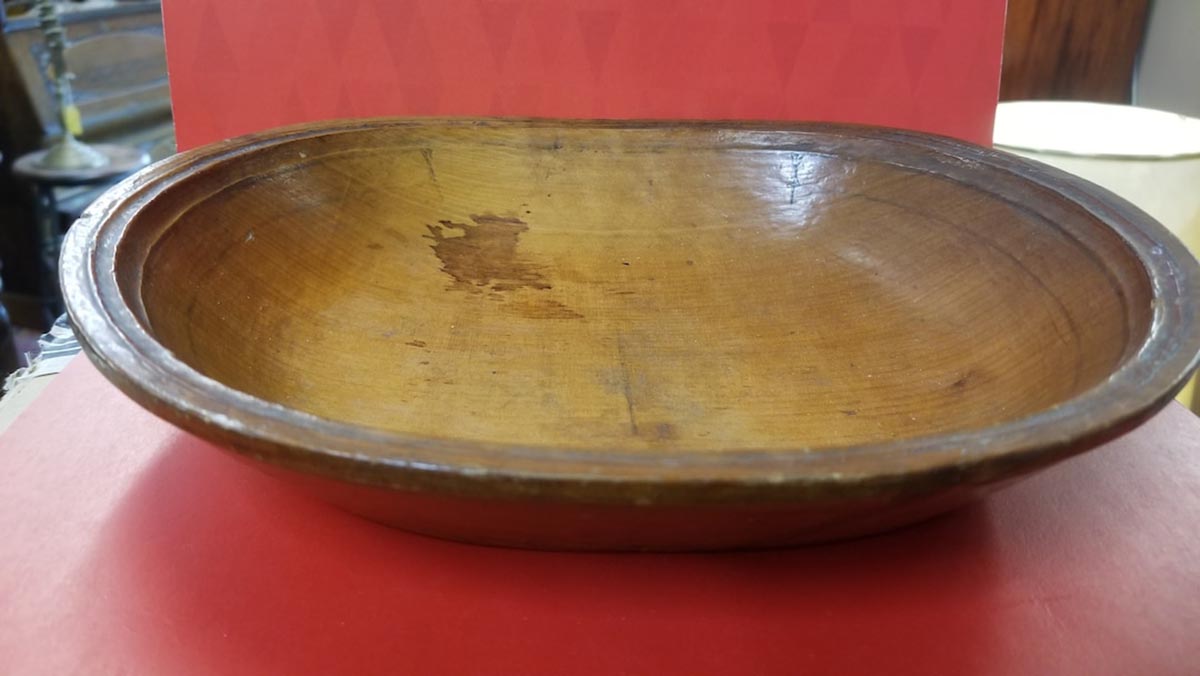
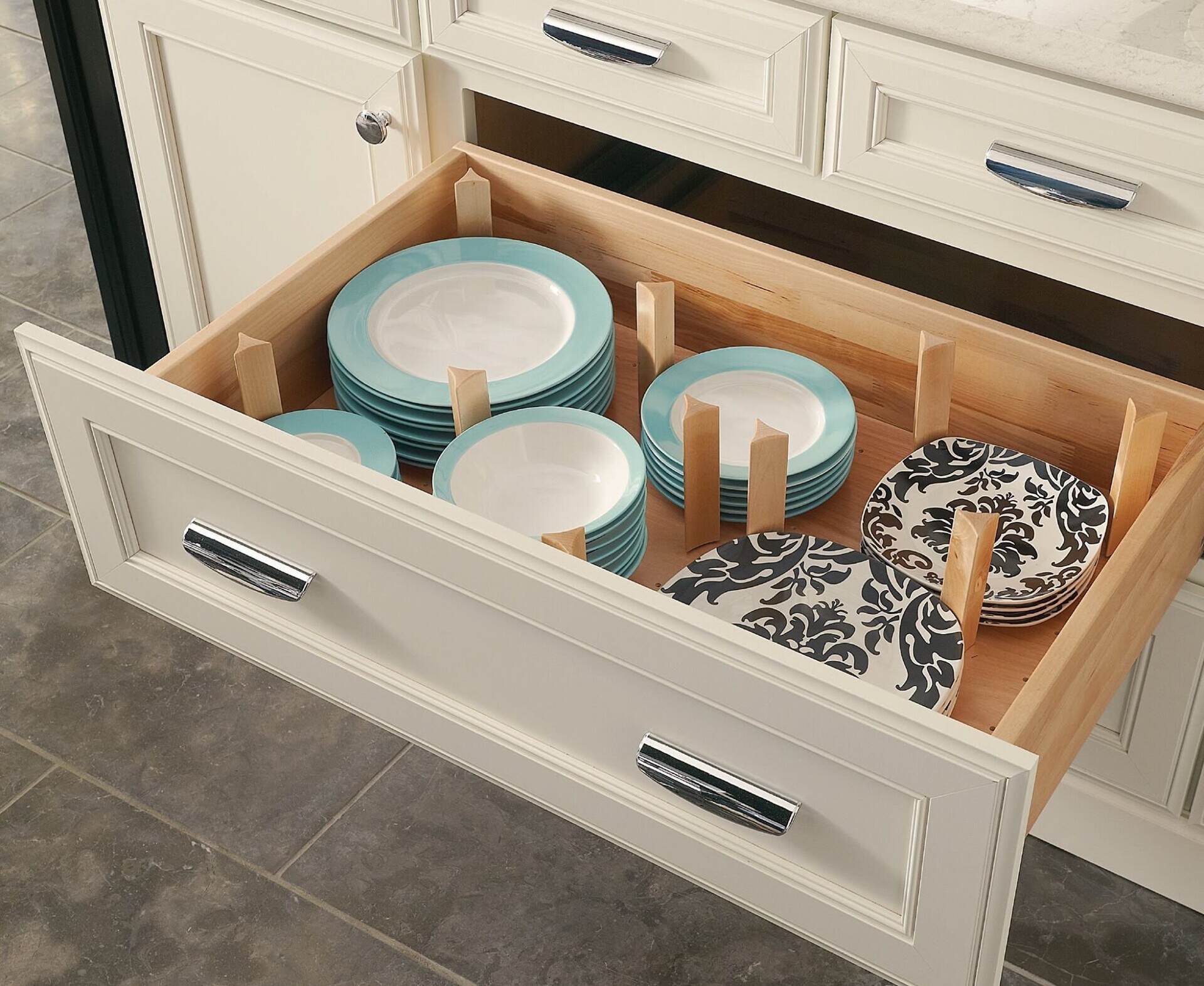
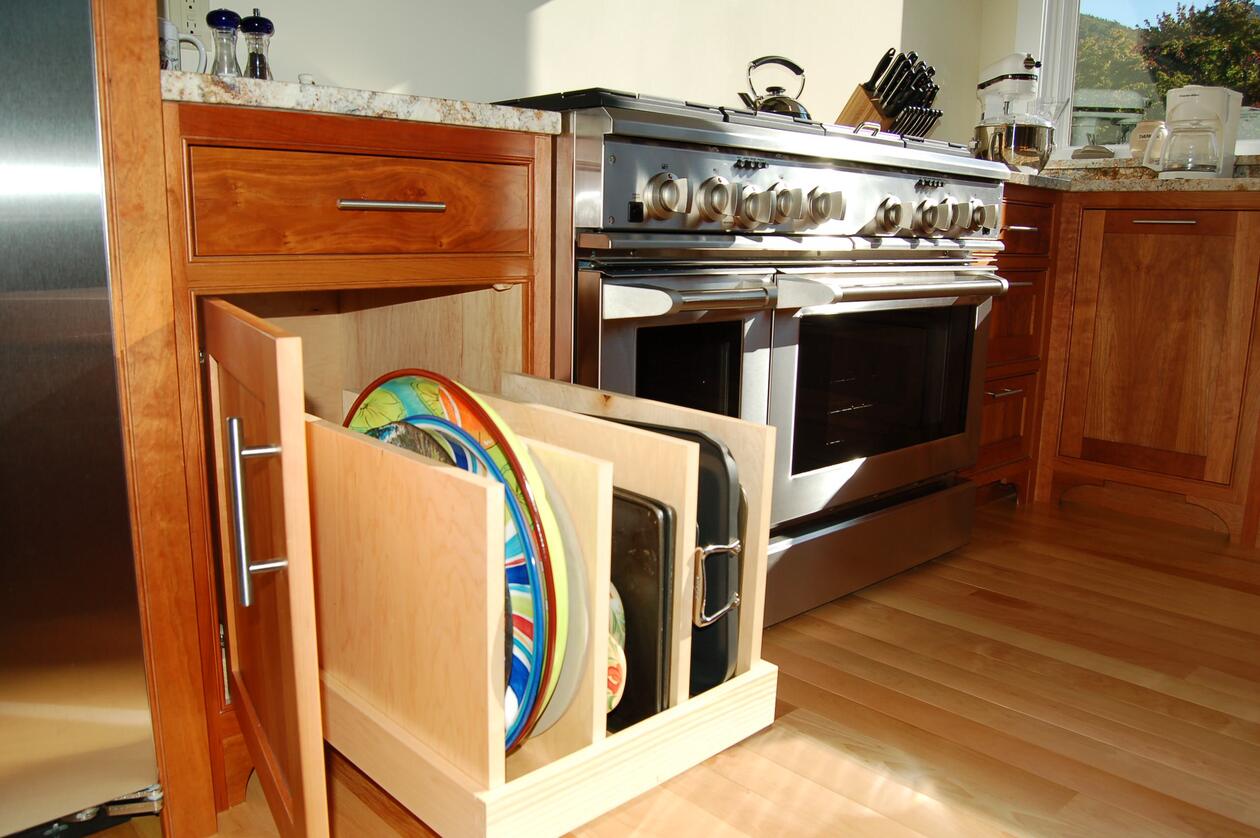
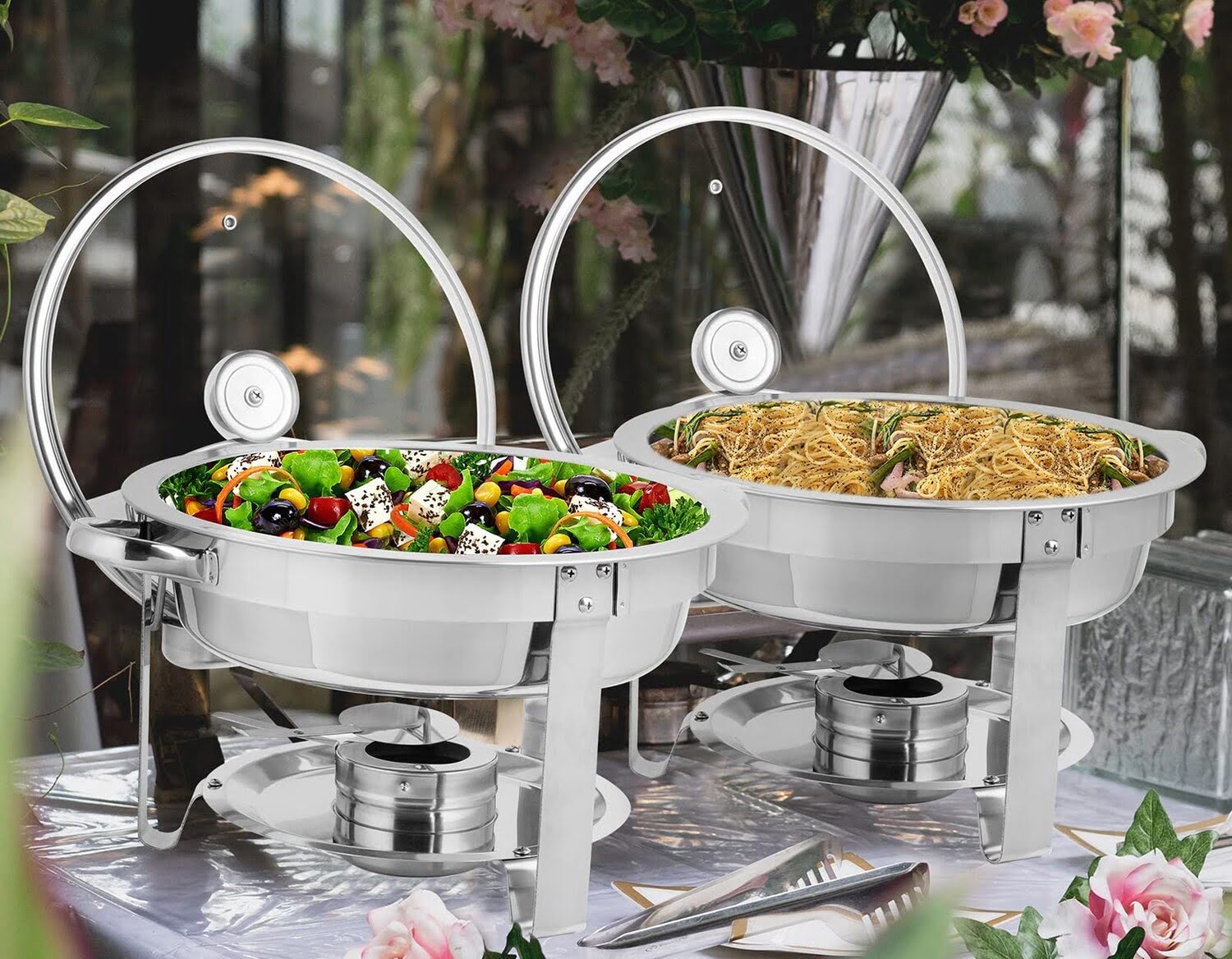

0 thoughts on “Where To Store Serving Dishes”